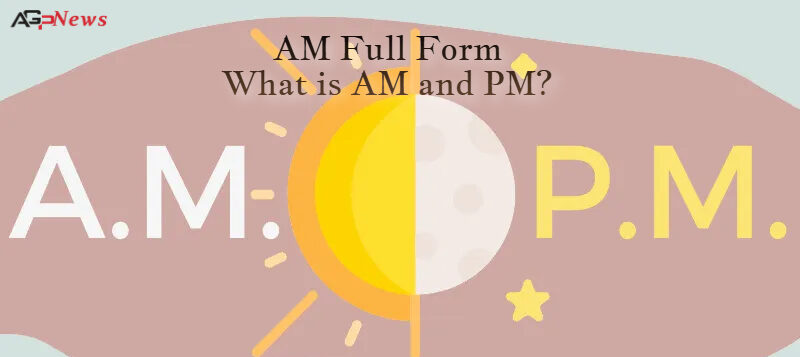AM Full Form: What is AM and PM?
What is AM?
AM stands for Ante Meridiem, a Latin term that describes the time before noon in a 12-hour clock system. This period extends from midnight (12:00 AM) to just before noon (11:59 AM).
Why is AM used?
AM is used to specify the time of day in a 12-hour clock format, distinguishing between the hours before and after noon. This system helps to avoid confusion between morning and afternoon times.
Key Points about AM:
- Formation: The concept of AM was established in September 1968.
- Purpose: AM denotes the hours from midnight to noon.
- Usage: Commonly used in daily schedules and time-telling to differentiate between morning and afternoon.
Detailed Explanation:
AM is a way to categorize the first 12-hour period of the day, starting from midnight and ending just before noon. It helps in clearly defining times in the morning, distinguishing them from times in the afternoon and evening, which are marked by PM (Post Meridiem).
Example of Usage:
If someone says they have a meeting at 10:00 AM, it means the meeting is scheduled in the morning before noon.
Historical Context:
The use of AM dates back to ancient times and was formalized to ensure accurate timekeeping and scheduling. The term is derived from Latin, where ‘Ante’ means ‘before’ and ‘Meridiem’ means ‘midday.’
Modern Context:
In the modern 24-hour clock system, the use of AM is prevalent in many countries to denote times from midnight to noon. Despite the advent of digital clocks and global timekeeping standards, AM remains a crucial part of everyday language and scheduling.
Conclusion:
AM, short for Ante Meridiem, signifies the time period from midnight to noon. It is a crucial component of the 12-hour clock system, helping to distinguish morning hours from those in the afternoon and evening. Understanding and using AM correctly is essential for clear and precise time communication.
FAQs
What does AM stand for?
AM stands for Ante Meridiem, a Latin term meaning “before noon.” It refers to the time period from midnight (12:00 AM) to just before noon (11:59 AM) in the 12-hour clock system.
Why is AM used?
AM is used to differentiate the morning hours from the afternoon and evening hours in the 12-hour clock format. It helps in clearly specifying times before noon.
How do I use AM in daily scheduling?
AM is used to denote times in the morning. For example, if you have an appointment at 10:00 AM, it means the appointment is scheduled in the morning, before noon.
What is the historical origin of AM?
The term AM originates from Latin, where ‘Ante’ means ‘before’ and ‘Meridiem’ means ‘midday.’ It was formalized to ensure accurate timekeeping and clear distinction between morning and afternoon times.
Is there a difference between AM and A.M.?
No, there is no difference. Both AM and A.M. signify the same thing: the time period from midnight to noon. They are used interchangeably in timekeeping.




